 Dust - The plates of the present, 2020
Dust - The plates of the present, 2020Centre Pompidou, Paris
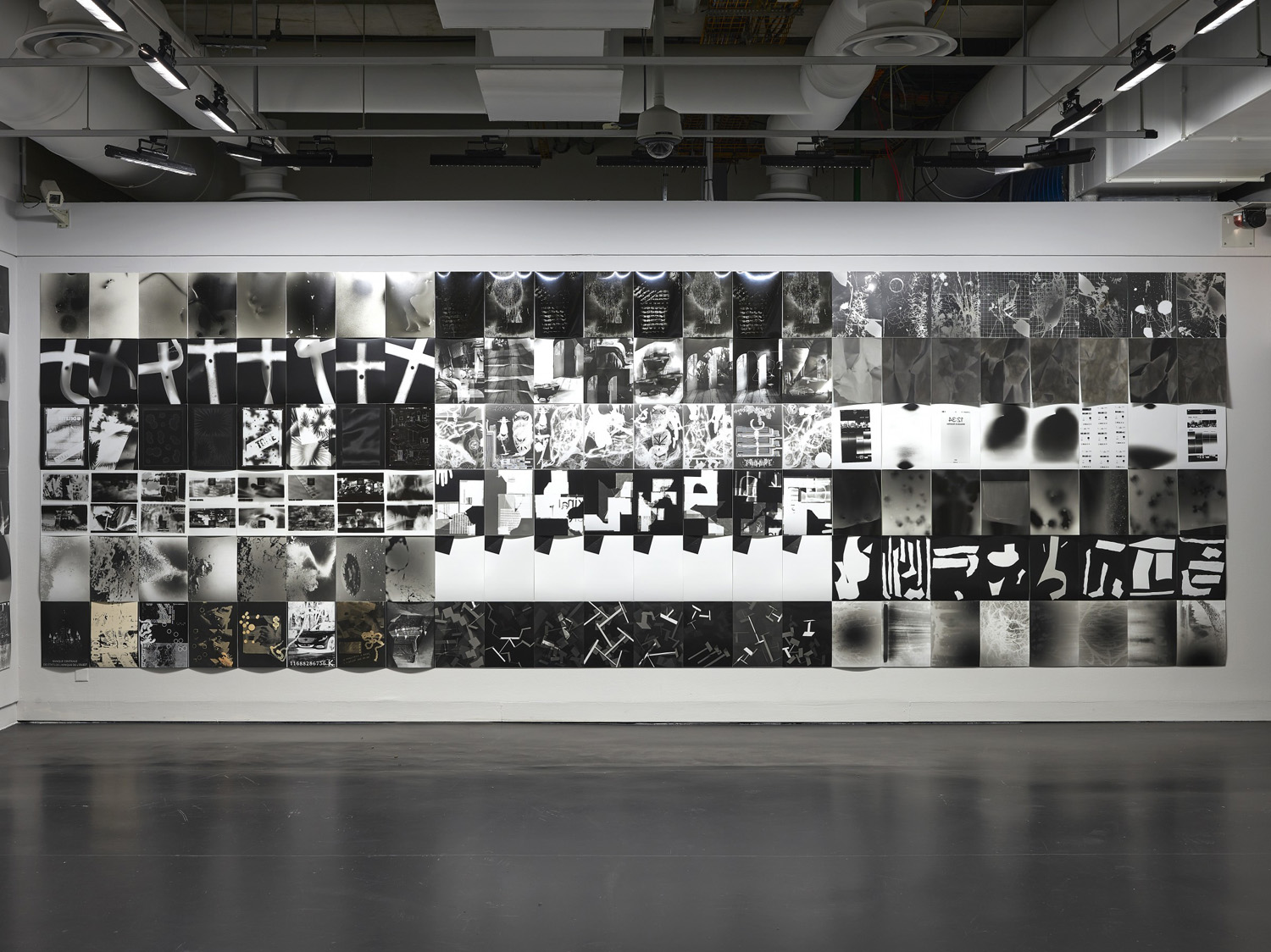 Dust - The plates of the present, 2020
Dust - The plates of the present, 2020Centre Pompidou, Paris
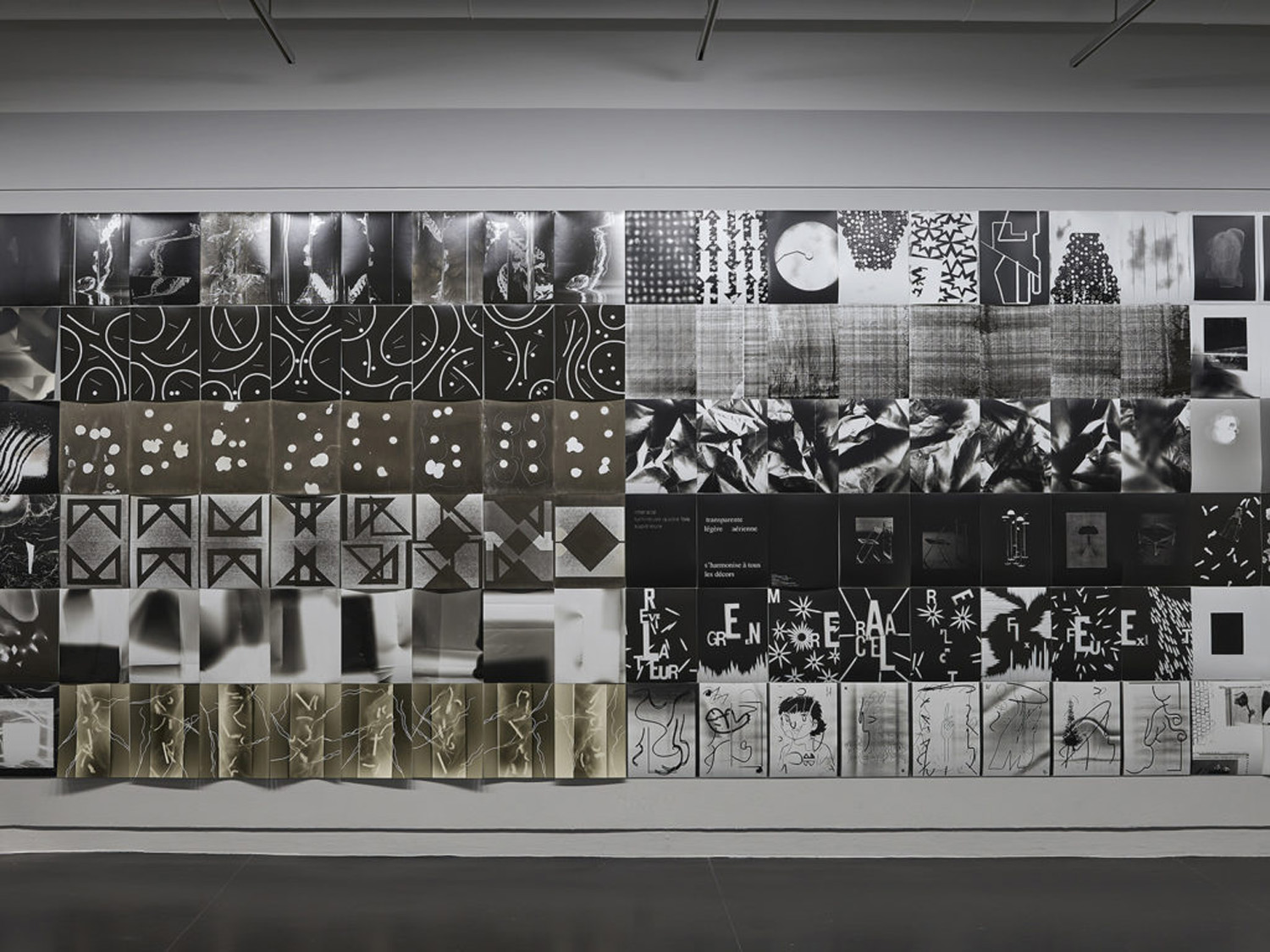 Dust - The plates of the present, 2020
Dust - The plates of the present, 2020Centre Pompidou, Paris
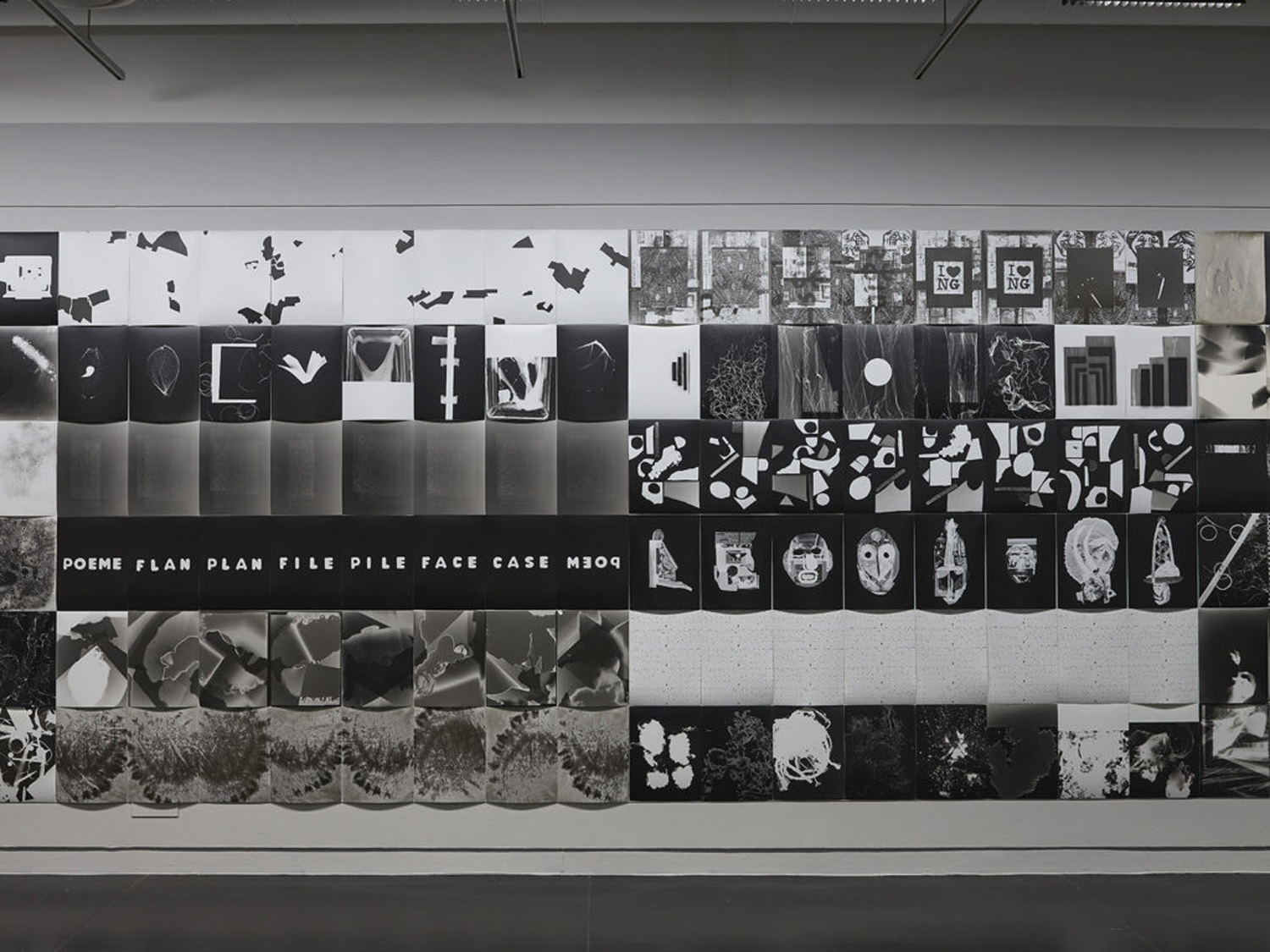 Dust - The plates of the present, 2020
Dust - The plates of the present, 2020Centre Pompidou, Paris
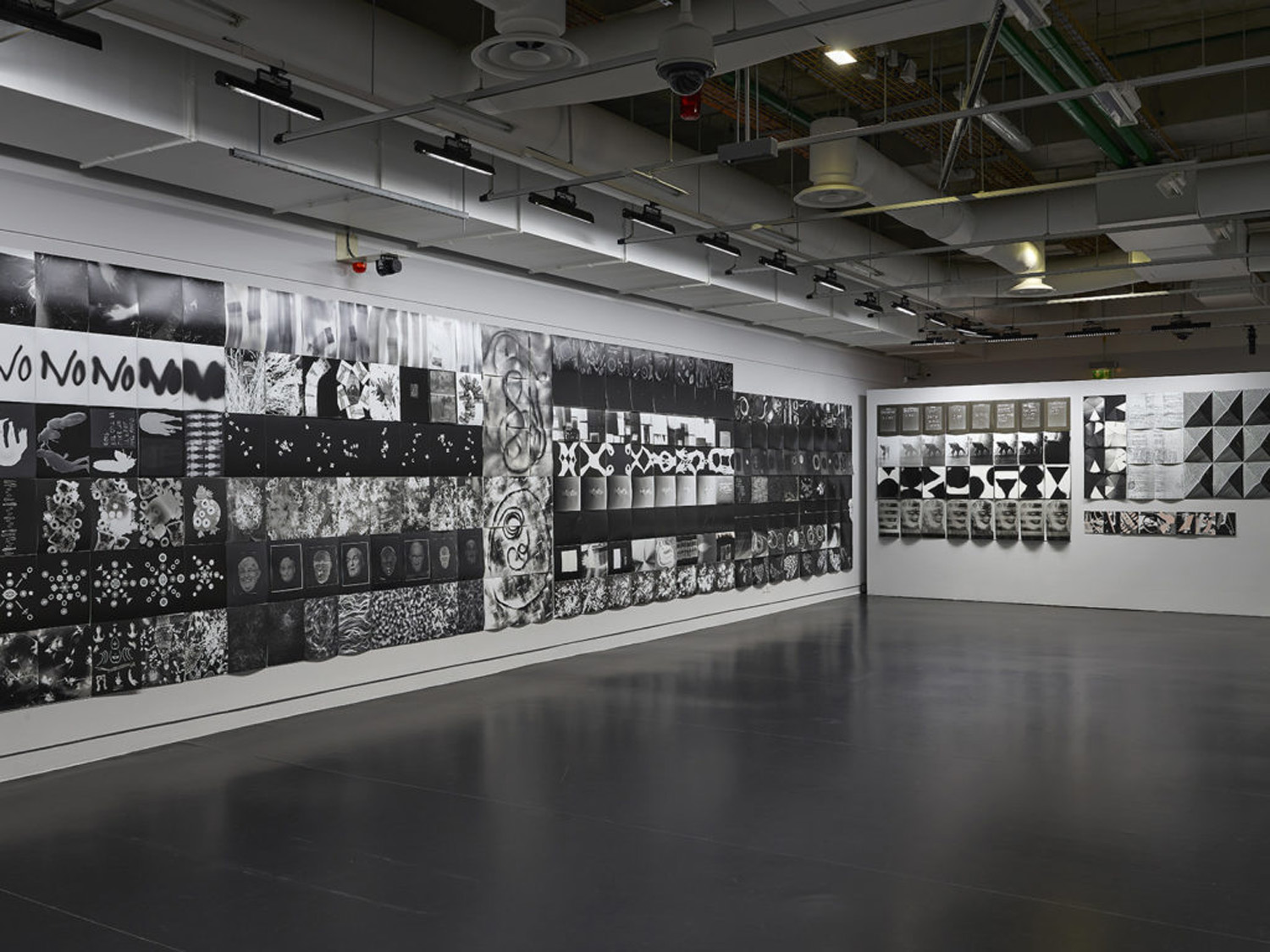 Dust - The plates of the present, 2020
Dust - The plates of the present, 2020Centre Pompidou, Paris
 Dust - The plates of the present, 2020
Dust - The plates of the present, 2020Centre Pompidou, Paris
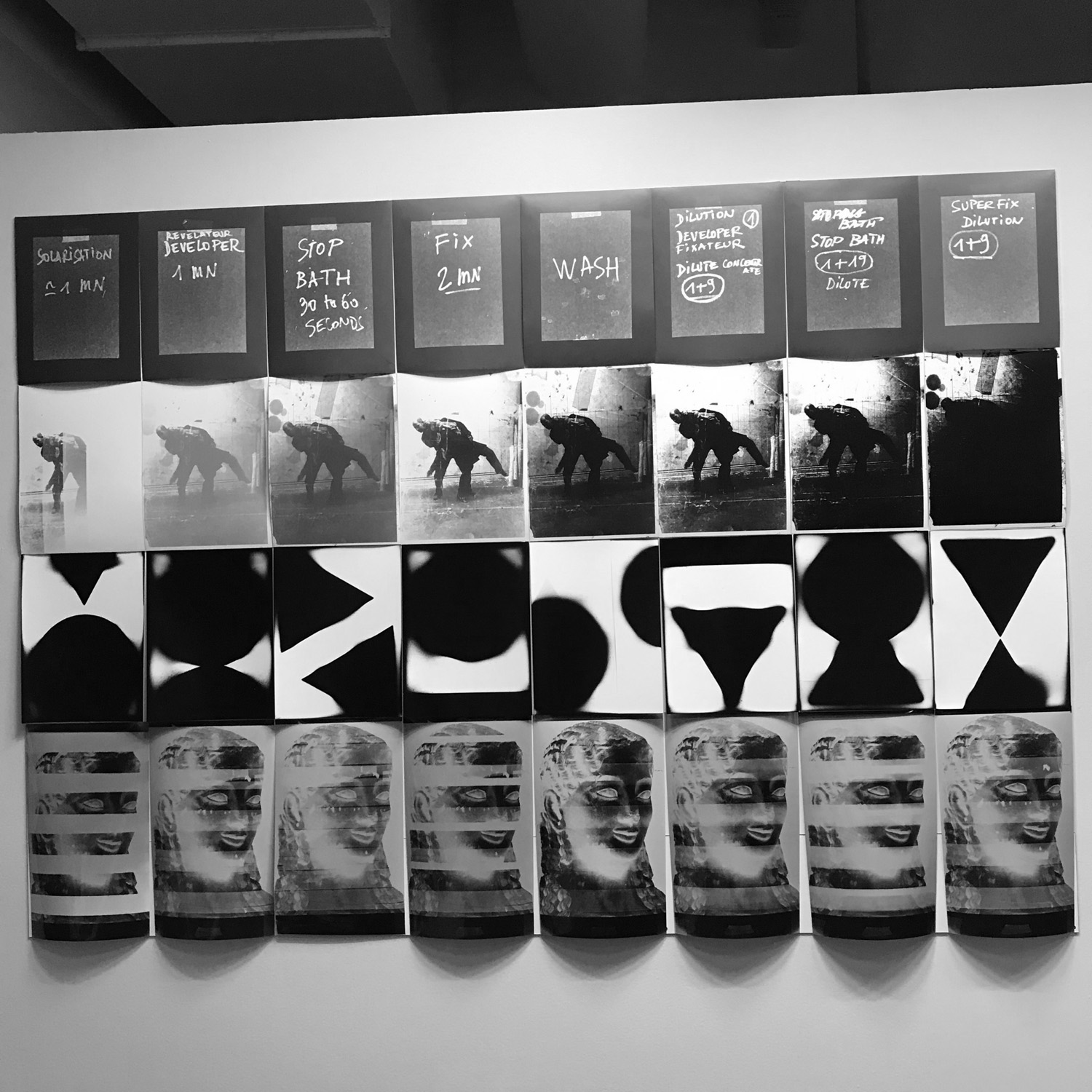 Dust - The plates of the present, 2020
Dust - The plates of the present, 2020Centre Pompidou, Paris
Dust – The Plates of the Present is a photographic installation made between 2013 and 2018 at the initiative of Thomas Fougeirol, the French painter, and Jo-ey Tang, the American artist and curator. Together they invited each of one hundred and twenty-four artists – visual artists, musicians, writers and video-makers of a variety of nationalities – to produce a series of eight photograms in an improvised dark room in Ivry-sur-Seine. Dust is a grandiose collective work that pays homage to a rapidly disappearing form of image.
In 2019, Thomas Fougeirol and Jo-Ey Tang donated the whole of the Dust series – 1031 photograms and a film – to the Centre Pompidou. This exceptional work constitutes a considerable enrichment of the collection in which experiment photography occupies a place of primordial importance.
Photograms – marked with light and experience that escape forms of previsualisation – belong to a whole image culture that is on the point of disappearing, replaced by digital images produced by algorithm calculations. It is nevertheless interesting to observe the interest that the photogram technique continues to arouse among a large number of artists, not only photographers, who are ready to engage in these visual recreations.
The resulting collective work is thus a homage to photography, to its prehistory and to the 20th century avant-gardes which accorded a special place to photograms in their experiments.
All of the acquired work is shown for the first time in the form of a total installation covering all the walls and all the picture rails. In addition, it enables the public to discover an original audio installation consisting of commentaries by the artists.
American and European artists are represented equally in this collective work, a symbol of rich artistic and cultural exchanges between these two geographic and cultural hubs. In this sense, Dust questions certain issues facing the contemporary art world, such as the question of the author, the collective and the pooling of resources. At a time when physical distancing is imposed and questions, among other issues, modes of artistic cooperation, this project stands as a powerful testimony to the possibilities of collective action and exchange.